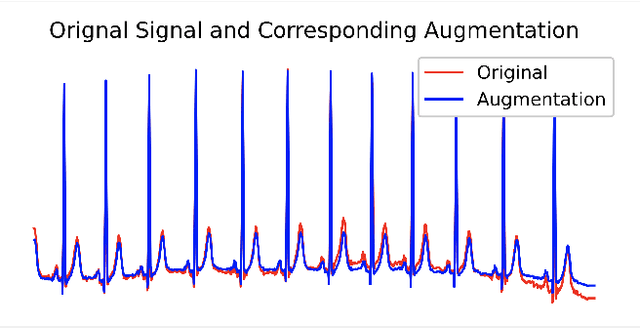Kyung Geun Kim
Self Attention with Temporal Prior: Can We Learn More from Arrow of Time?
Oct 29, 2023Abstract:Many of diverse phenomena in nature often inherently encode both short and long term temporal dependencies, short term dependencies especially resulting from the direction of flow of time. In this respect, we discovered experimental evidences suggesting that {\it interrelations} of these events are higher for closer time stamps. However, to be able for attention based models to learn these regularities in short term dependencies, it requires large amounts of data which are often infeasible. This is due to the reason that, while they are good at learning piece wised temporal dependencies, attention based models lack structures that encode biases in time series. As a resolution, we propose a simple and efficient method that enables attention layers to better encode short term temporal bias of these data sets by applying learnable, adaptive kernels directly to the attention matrices. For the experiments, we chose various prediction tasks using Electronic Health Records (EHR) data sets since they are great examples that have underlying long and short term temporal dependencies. The results of our experiments show exceptional classification results compared to best performing models on most of the task and data sets.
Graph Structure Based Data Augmentation Method
May 29, 2022



Abstract:In this paper, we propose a novel graph-based data augmentation method that can generally be applied to medical waveform data with graph structures. In the process of recording medical waveform data, such as electrocardiogram (ECG) or electroencephalogram (EEG), angular perturbations between the measurement leads exist due to discrepancies in lead positions. The data samples with large angular perturbations often cause inaccuracy in algorithmic prediction tasks. We design a graph-based data augmentation technique that exploits the inherent graph structures within the medical waveform data to improve both performance and robustness. In addition, we show that the performance gain from graph augmentation results from robustness by testing against adversarial attacks. Since the bases of performance gain are orthogonal, the graph augmentation can be used in conjunction with existing data augmentation techniques to further improve the final performance. We believe that our graph augmentation method opens up new possibilities to explore in data augmentation.
 Add to Chrome
Add to Chrome Add to Firefox
Add to Firefox Add to Edge
Add to Edge